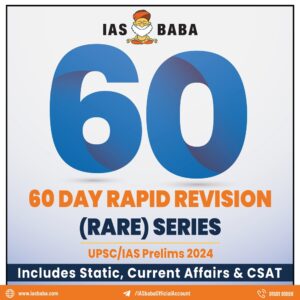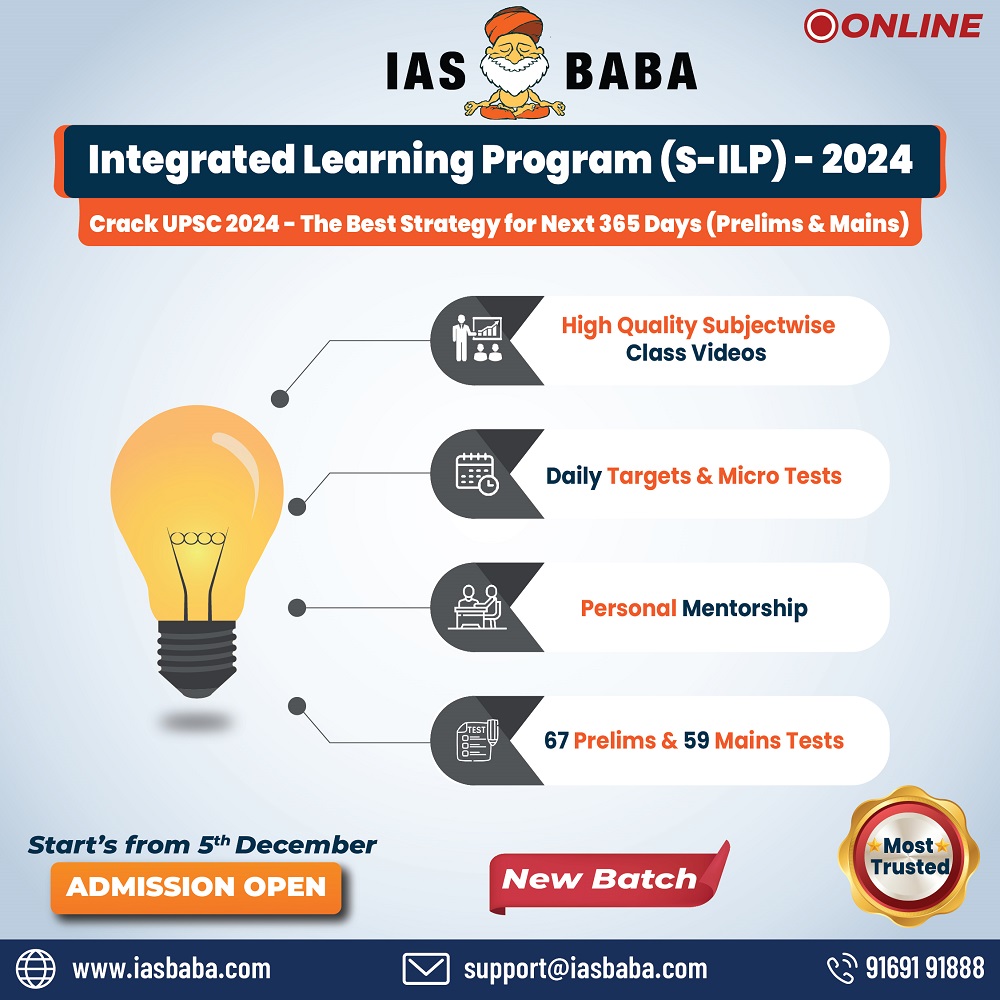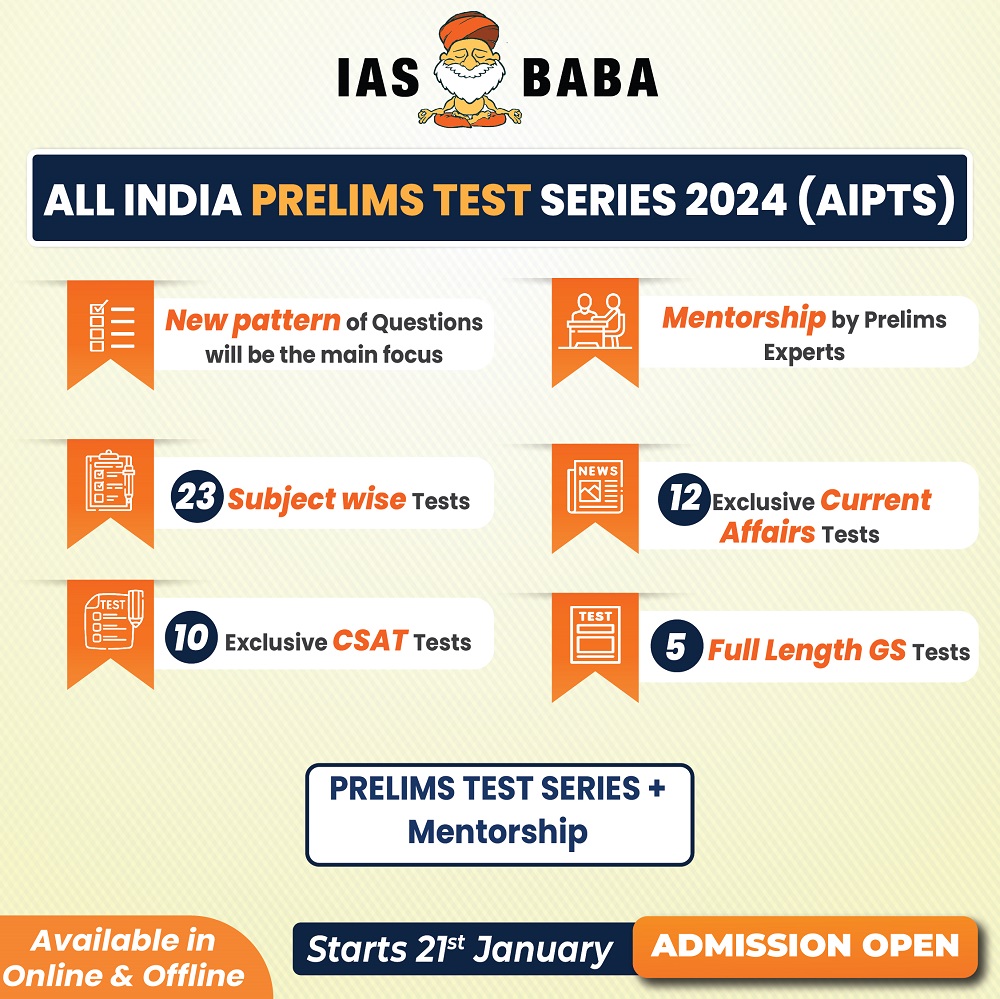TLP Public Administration Optional
For Previous PUBLIC ADMINISTRATION (ARCHIVES) – CLICK HERE
1. The beneficial effect of executive intervention, especially in the form of legislation, is direct, immediate, and so to speak, visible; while its evil effects are gradual and indirect and lay out of sight. Elaborate.
15 marks (250 words)
Approach
The question asks to provide the positive and negative effects of executive intervention in legislation. Here, it is essential to provide enough content for all the keywords present in the answer.
From Paper 2
There are enough examples of executive laws which you can bring from the paper 2. But provide some examples outside India, to maintain paper specificity.
Introduction
A.V. Dicey criticizes the executive intervention in the domain of legislation. This, is because, Dicey believes that, while the laws enacted by the legislature is common for all the citizens irrespective of their class, creed and religion; administration-framed laws are applicable only to the administrators.
This, as per Dicey, is a violation of Doctrine of Rule of law, which says that any law should be equally applicable to every individual of the state.
Body
However the intervention of executive in the legislation has both negative as well as positive effects.
The positive effects are;
Direct (benefit of the knowledge of bureaucrat): The Benefits of administrative laws are direct; as these laws directly impact the citizens unlike the legislature made laws. Because the legislative laws have to be framed by the executive (i.e. the ministry), discussed by the legislature, modified in the house and then implemented by the line agent.
Hence, as stated by Frank Goodnow “the laws are often contaminated by personal preferences”, and more the hands the laws pass, the more the propensity of them getting modified. But the administrative laws are implemented as it is (as they are formed and implemented by the same institution) and their benefits directly go to the concerned beneficiary.
Ex: NFSA Act can lead to the PDS rations reaching the ghost beneficiaries. But framing the PDS rules to track and trace the movement of ration, biometric authentication, etc, make sure that the rations reach the proper beneficiaries (Chhattisgarh PDS reforms).
Immediate: The Administrative laws come into effect immediately. Once they are notified in the gazette. However, the legislative laws have to undergo long process of enactment before coming into effect. [Institutional model of policy formulation]
Ex: Lokpal Act hasn’t been implemented yet, but the New Education Policy is ready for the implementation.
Visible: As the executive interference in legislation is mostly at the ground level. Its benefits are easily visible to the general public.
Further, these laws always provide the minute details, unlike the legislative laws which provide only the broad sketch. Thus even to make the benefits of those legislative laws visible to the public; the administrative intervention becomes a sine-qua-non.
Ex: All India Services Acts provide that the civil servants should be honest, punctual, service oriented, etc; but the All India Services Conduct Rules provide how they actually should be (not to attend extravagant parties, not to receive costly gifts etc.).
The ill effects of the executive intervention in law making are;
Gradual: As the legislature allows the executive to intervene more frequently into its domain. There are chances of bureaucracy usurping the normative powers of the legislature. This can gradually turn the democracy to autocracy and elitism. [Robert Michel’s bureaucratic iron law of oligarchy]
Indirect: Administrative laws may seem to help the administration; however its side effects will surely hurt the administrative set up.
Ex: Bureaucrats are becoming the ready choice for the office of ministers nowadays – Minister of external Affairs and Minister of Finance in India. On the face of it we may feel to be fortunate to have such a brilliant ministers; however this can end up in most of the retired bureaucrats taking such short cuts to attain ministerial berths. And such a tendency will only be a travesty of democracy and the electoral representation.
Out of Sight: Also, the ill effects of executive legislations are not visible, unlike its benefits which readily appear at the ground level.
A case study in US found that, while government forms the tax laws, tax rules decide the tax slabs; while the government forms educational laws, the education rules decide to whom the law is applicable. This shows that though US boosts of being the largest democracy. Peeping into the opaque departmental offices we can see that, it is the bureaucrats who are actually running the administration.
Conclusion
Hence, we can say that administrative intervention in making laws may be sweet bread, but is a slow poison. So, it is essential to maintain a proper demarcation between the executive and the legislation.
As stipulated by the Parliamentary Committee on Sub-ordinate legislation of India,
Every administrative law should be – placed in the house for a fixed period, they have to be discussed, and then moved to the departments for implementation.
2. Administrative tribunals are orphans in the judiciary’s foster care homes. Comment 10 marks (150 words)
Approach
The question implicitly demands to explain how judiciary treats the administrative tribunals as irritants in the domain of adjudication. We need to provide good examples to prove the point.
From Paper 2
Again we get numerous examples form the second paper. But we need to maintain paper specificity by providing examples outside India.
Introduction
Administrative tribunals originated from the concept of Droit Administratiff that was established by Napoleon in France. These, were the special courts which pleaded the cases of bureaucrats exclusively, and civilians had no access to the Droit Administrative.
Body
As the time rolled down, this concept of administrative courts gained popularity in the Europe, as this set up was found to be convenient and useful. Because, the bureaucrats worked in a different environment compared to civilians; and also, bureaucrats knew every loophole present in the administrative system. Hence, they could easily manipulate the system in their favour, if they are tried under the same system.
Seeing this, even the democracies that had strict allegiance to the doctrine of Rule of Law also established the administrative courts in their territory.
However, the formal judiciary present in these countries feel the administrative courts as illegal and illogical;
- Judiciary feels the establishment of these courts as an encroachment of executive into the adjudication. This, it feels, violates the doctrine of Independent Judiciary.
Ex: Ministerial Tribunals of UK, where minister adjudicated the cases, were strongly condemned by various Chief Justices.
- Judiciary leaves no stone unturned to confine the powers and jurisdictions of administrative tribunals.
Ex: most of the cases dealt by these tribunals are taken over by judiciary by using the writ powers (certiorari and prohibition).
Supreme Court of India has allowed high courts to have supervisory powers on administrative tribunals.
- Further, judiciary feels that tribunals only add up to the judicial backlogs, as the case decided by the tribunals are often appealed in the higher courts.
Ex: Most of the cases decided in the court of the erstwhile District Magistrate were appealed in the high courts. (Now District Magistrate doesn’t have judicial powers)
- Judiciary feels Administrative Tribunals as the violation of Principle of Natural Justice, as the executive becomes the judge of its own cause here.
Especially while dealing with the corruption related allegations (single directive clause).
- Lastly, Administrative tribunals will be the prey of judiciary when they try to overlook the judicial hierarchy. Ex: Chandra Kumar case, wherein the Supreme Court of India allowed the appeals of SAT and CAT judgements to be heard by the High Courts.
Conclusion
However this trend has to be reversed. Judiciary should consider the Administrative Tribunals as an offshoot of itself than suspecting them as interference. Lord Hewart says that, the administrative tribunal which are seen as threatening by the observers of machinery of justice will gradually know that, they are the useful adjuncts of the court system.
DOWNLOAD-
Public Administration Synopsis Day 12 PDF















